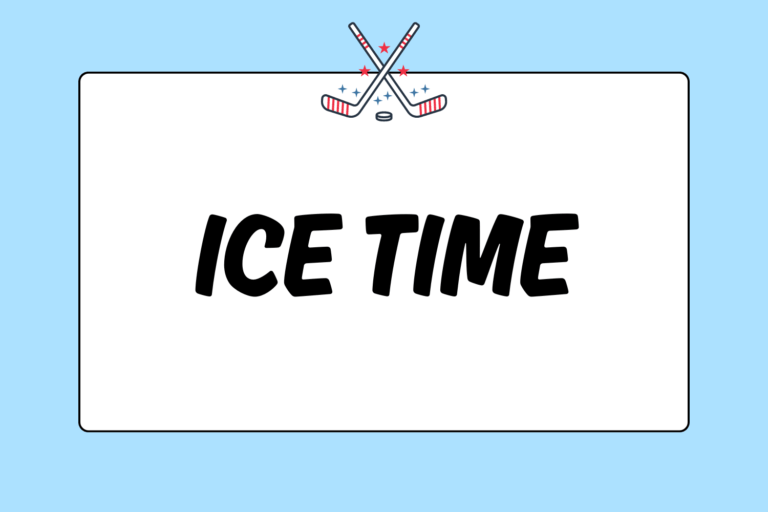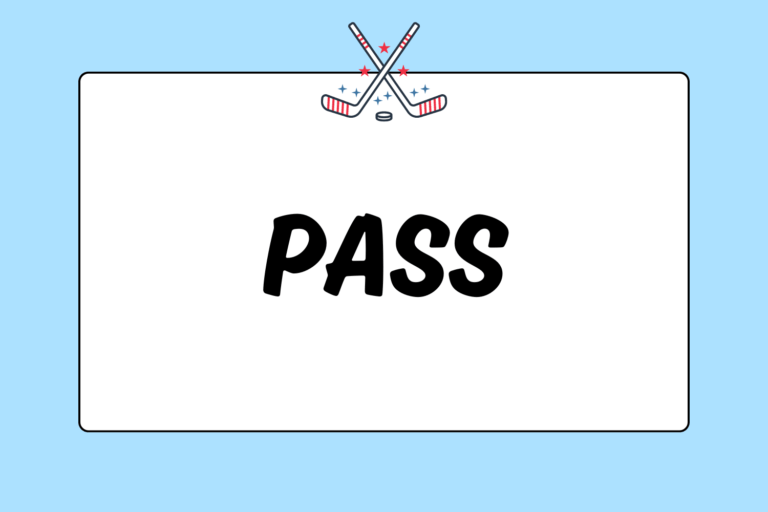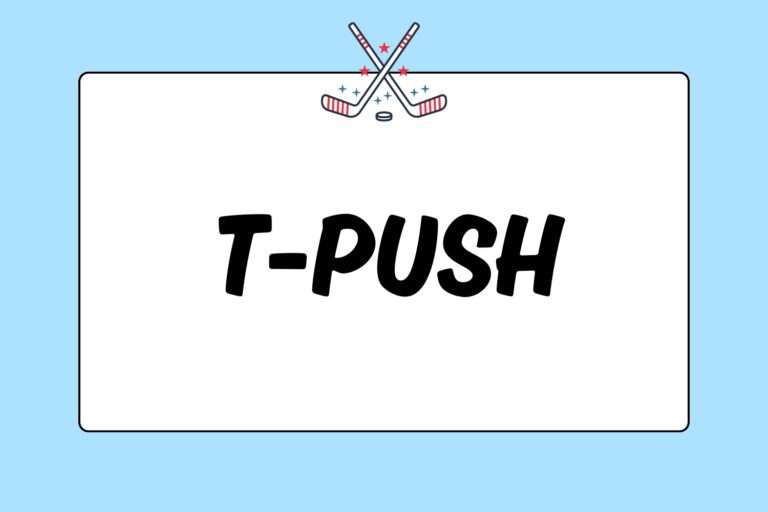Ice hockey has two major rules that confuse both casual fans and new players more than any others: Icing and offsides. This will guide fully explain the icing rule. For an explanation of the offside rule, please see our guide, Understanding Offsides in Ice Hockey.
The icing rule was first created by the National Hockey League (NHL) in 1939. It was created to prevent teams from playing purely defensively and repeatedly dumping the puck to the far zone every possession. Before the advent of the rule, teams that were vastly out-skilled would often spend most of the game launching the puck lengthwise across the ice to kill time. Teams would also utilize this tactic immediately after gaining a lead, which effectively prevented the other team from ever having a chance at a comeback. This all made for extremely boring and uneventful ice hockey games! The icing rule was the answer.
The Rule
Icing occurs whenever a player passes, shoots, dumps, or deflects the puck from his half of the rink and it travels all the way past the opposing goal line. By definition, the puck must cross both the center red line and the opposing goal line untouched. Icing is enforced by one of the linesmen, who then blows his whistle to stop the play.
When icing is called and play is stopped, the resulting faceoff always takes place in the offending team’s defensive zone. As further punishment, many leagues do not allow the offending team to make a line change before the ensuing faceoff; they must keep their tired players on the ice.
There are two types of icing rules used by different leagues across the world. They are:
Traditional
This is used in most high-level North American leagues, including the National Hockey League and its affiliates. The linesman indicates with a raised hand that icing has occurred, but play is allowed to continue until a player on the opposing team touches the puck. This allows the team that iced the puck to try to get it before the defense, and thus retain the possession. The race to get an iced puck between members of opposing teams can be one of the most exciting moments in a hockey game. However, it can also be one of the most dangerous. As a result, most amateur leagues do not use this format.
Automatic
In most international (and some lower-level North American) leagues, play is stopped immediately when an iced puck crosses the opposing goal line. This eliminates the exciting one-on-one races to an iced puck, but also greatly reduces the chances of injury to players battling for a puck. Automatic icing is also sometimes referred to as “no-touch icing.”
Exceptions
There are three notable exceptions to what would normally be icing.
- If the defending goalie makes any attempt to play the iced puck, the linesmen will allow the play to continue. In this instance, a goalie need not even touch the puck. This happens rarely; usually only when the goalie’s team is playing from behind with little time left on the clock.
- A team that is Shorthanded is allowed to ice the puck at will and without consequence. Effective puck clearing is a common quality among good penalty-killing units.
- Linesmen will call off icing if they believe a defending player was capable of gaining possession of the puck before it crossed the goal line.
Icing vs. Dumping
While icing the puck should be avoided, dumping the puck to relieve pressure or facilitate a line change is a highly valuable skill. All players should spend some practice time chipping the puck high into the air and down the ice. Just work on chipping the puck softly enough that it doesn’t cross the opposing goal line.
If possible, try to cross the red center line and dump the puck as deep as possible. This is the best way to safely get a line change and avoid a potential icing call.
Follow Your Gut
Icing the puck handcuffs your team by putting the faceoff in your defensive zone with a tired squad on the ice. However, there are times when it’s better to ice the puck and suffer the consequences in order to relieve pressure. If your team is overwhelmed in your defensive end, you have a very tired squad on the ice, and you can’t seem to break the zone to get a line change, think about dumping the puck. It’s better to use a timeout to refresh a weary line after an icing call than get caught tired and out of position — which can easily lead to a goal for the opposition.
Strategically icing the puck to relieve pressure is a very circumstantial decision. Watching as much hockey as possible will help, but ultimately, you can only learn when to do this by playing. Become a student of the game, play as much as you can, and you will eventually develop a gut instinct for when to ice the puck.





